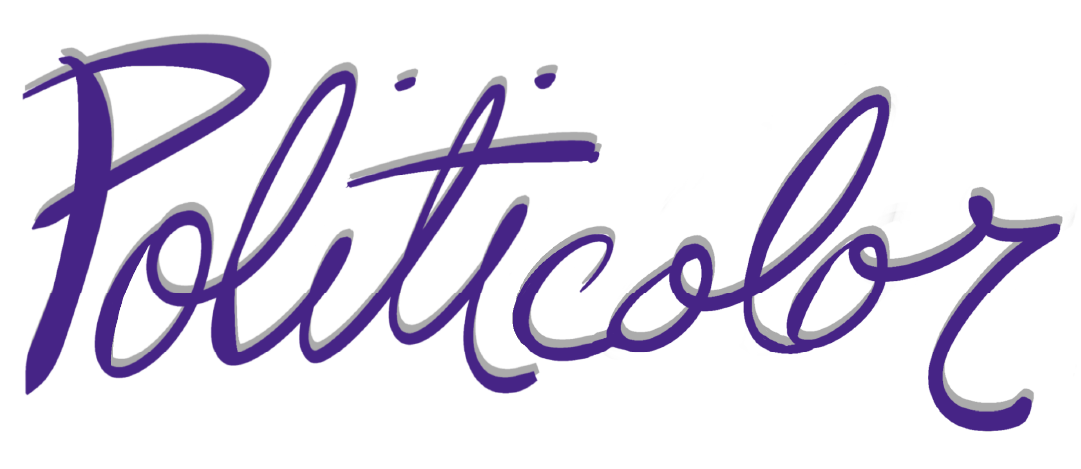The blogosphere represented a new space where everyone could exercise their public voice. Instead, we have what might be one of the most powerful marketing platforms ever created.
While we all have access to more information than ever, our platforms operate with incentives to get "clicks." They gather our attention and sell it. As a result, all of our ideas about a bright and vigorous democracy never had much of a chance.
Cat memes rule. Democracy drools. Or something like that.
We could use this version of events to say that the technology is working against us. We know, of course, that this is only partly true. They are tools. We, the people, do the clicking, so the problem hides in how we choose to use the technology.
The healthy democracy we imagined with rigorous web-enabled public deliberation has given way to a frayed and frazzled people wandering an information wasteland.
- Algorithms provoke emotion-laden engagement, prioritizing the most provocative content.
- We build our profiles by collecting and broadcasting our personal interests, now branded as "likes."
- These profiles become our identity, a carefully managed signal of who we are.
- Everyone has a personal brand to manage, making our online time very "me" focused.
Despite it all being digitally mediated, this situation sounds like the democratic nightmare Plato outlined in his Republic. He first describes democracy as the fairest regime, "just like a many-colored cloak decorated in all hues." But, unfortunately, that splendid regime is short-lived. Democracy comes undone through the "liberation and unleashing of unnecessary and useless pleasures."
The public good has always had a tough time competing with a torrent of self-interested individuals. Democracy gives way to tyranny. The pursuit of unnecessary and useless pleasures distorts the whole enterprise.
Of course, the Internet makes it easier than ever to find better models for our online habits. Search results sometimes yield interesting combinations. In this case, a proposition called creative democracy finds a helpful partner in stories of London coffeehouses.
The combination can help us imagine using today's technology to develop better democratic habits.
Creative Democracy and the Price of a Cup of Coffee
On his 80th birthday in 1939, philosopher John Dewey prepared a speech advocating for something he called "creative democracy." He described this democratic vision as "a personal way of individual life." Dewey supported his call for creative democracy with a dreadfully provocative proposition:
"Instead of thinking of our own dispositions and habits as accommodated to certain institutions, we have to learn to think of the latter as expressions, projects, and extensions of habitually dominant personal attitudes."
When we complain about the inaction of our institutions, should we consider holding ourselves accountable for their ineffectiveness? For Dewey, the remedy for addressing failing institutions requires us to look at the health of our democratic habits.
Dewey suggested that the first mark of a democratic way of life is a "generous belief" in the potential of every individual, "in their possibilities as human beings." We have to demonstrate a shared belief in what "We the People" can do.
As our ideas about one another diminish, our institutions begin to suffer too. What would the daily life of these democratic people look like? A coffeehouse in 17th Century England.
That's an era when coffeehouses became hubs of civic life. Democratic habits formed in these spaces through routine encounters with other community members. At the communal table in the neighborhood coffeehouse, everyone had the opportunity to talk through what they were thinking. Concerned citizens found freedom in those public spaces—freedom to think, speak one's mind on recent events, and transform any news story into an open inquiry.
That last part explains why King Charles II tried to shut down the coffeehouses in 1675. The most powerful man in English politics, the monarch, perceived a threat in these public spaces where people could freely discuss the ups and downs of political life.
These coffeehouses were also known as "penny universities" because anyone could join the conversation for the cost of a cup of coffee. The stories of these civic spaces include long communal tables "strewn with "every kind of media" and a greeting for new arrivals, "What news have you?" Coffeehouses were a microcosm of public life, marked by interaction and shared knowledge. In "The surprising history of London's fascinating (but forgotten) coffeehouses," published by The Telegraph in 2017, Dr. Matthew Ward wrote:
Listening and talking to strangers - sometimes for hours on end - was a founding principle of coffeehouses, yet one that seems most alien to us today.
The habits Dewey prescribed as creative democracy look like a description of what we might call coffeehouse civics. Central to both his scheme and the imagined scene at the communal table is the "free play of facts and ideas." This free play becomes self-corrective in the long run through the regular practice of free inquiry, free assembly, and free communication. What habits make creative democracy and coffeehouse civics possible?
- Gathering to discuss the news of the day
- Exercising our individual capacity to participate in free inquiry and to think together
- Sharing a belief in the capacity for all to exercise intelligent judgement and respond to free inquiry with commonsense
- Practicing amicable cooperation, or "approaching disputes and controversies as opportunities to learn from one another"
That sounds like the digital life we imagined when the Internet was new.
For a more democratic digital life
The civic-minded amongst us have tried to make our time on social media reflect our commitment to public deliberation. Whether we knew the term or not, we repeated many of Dewey's ideas to explain creative democracy. We imagine that we have the technology to:
- Create spaces for people to raise awareness for public problems and to learn about perspectives and places they may not connect with otherwise
- Build a network of people to deliberate over public questions, making an inquiry of claims to the public good and showing their work
- Generate social capital by working together to address public problems;
- Making some part of our online time "we" focused
I have experienced spaces like these at local coffee shops. Sometimes we enjoyed a new shop, so the regulars were easy to spot. I could enjoy watching plans come together. At other times, a group adopted a schedule and a spot to respond to a specific call to action. Good conversations can still happen in our local coffee shops.
In 1791, James Madison imagined that, "whatever facilitates a general intercourse of sentiments" would work to bring us together. His essay on public opinion, printed in the National Gazette, argued that good roads, commerce, a free press and "a circulation of newspapers through the entire body of the people" would work to unite us. We would find ourselves able to connect with another despite the expansiveness of the new country's territory. We would use these connections to promote and support the ideas the best reflected what we understood to be in the public's interest.
When Madison looked towards the future, he dreamed of a more creative, constructive, and democratic people too. Let's imagine we can use today's tools to be the people he believed we could be.

